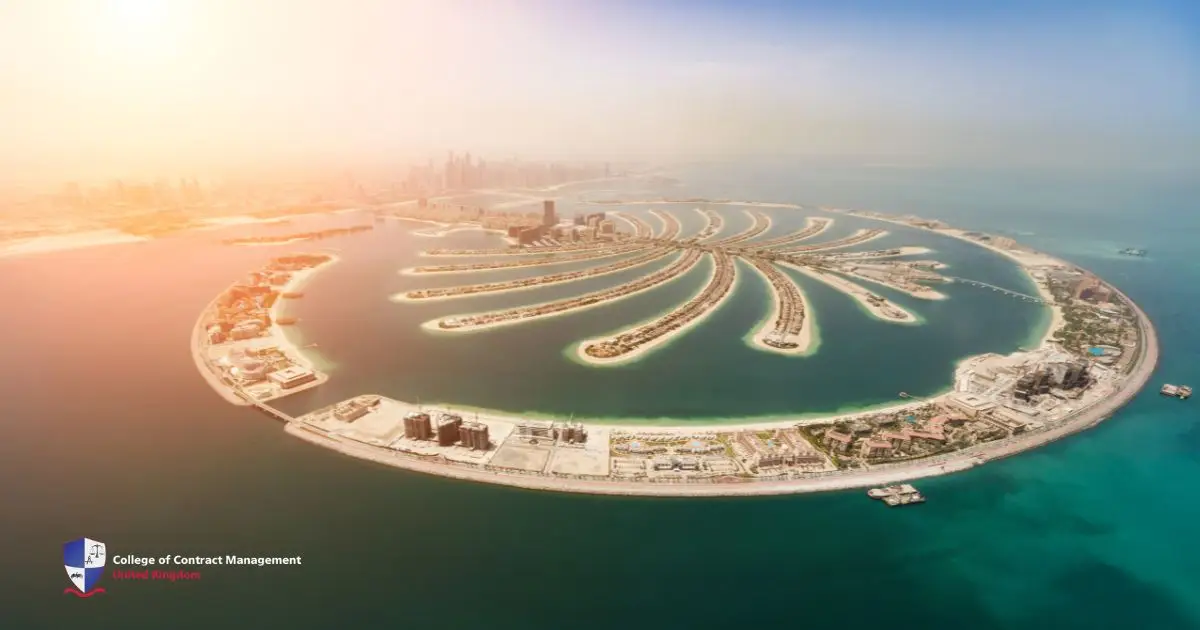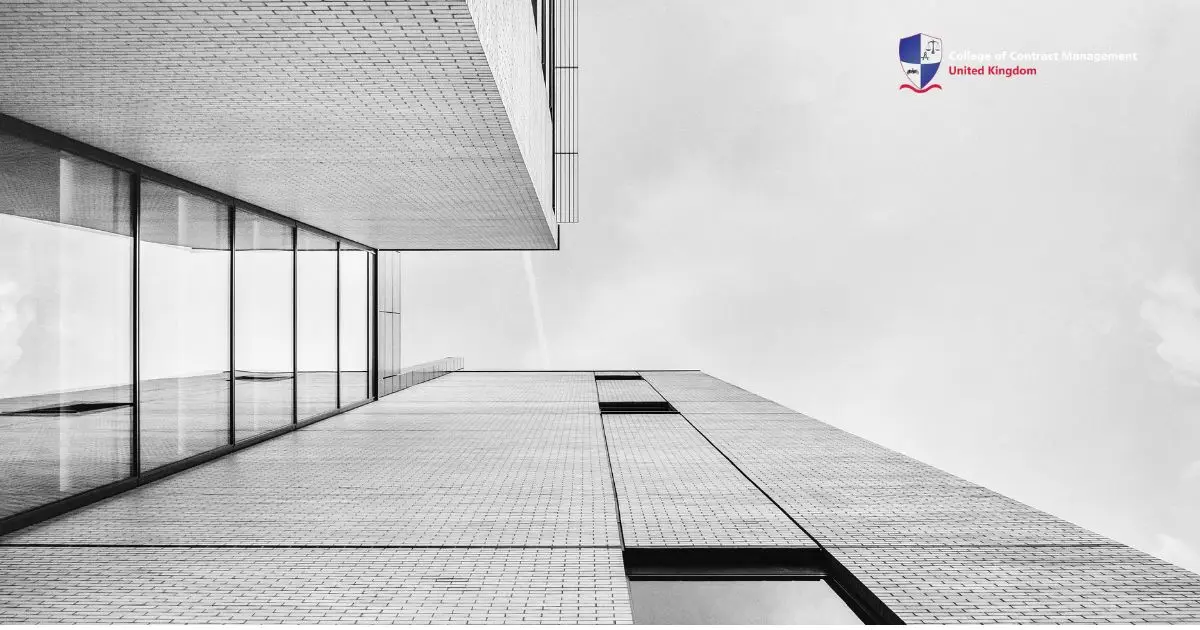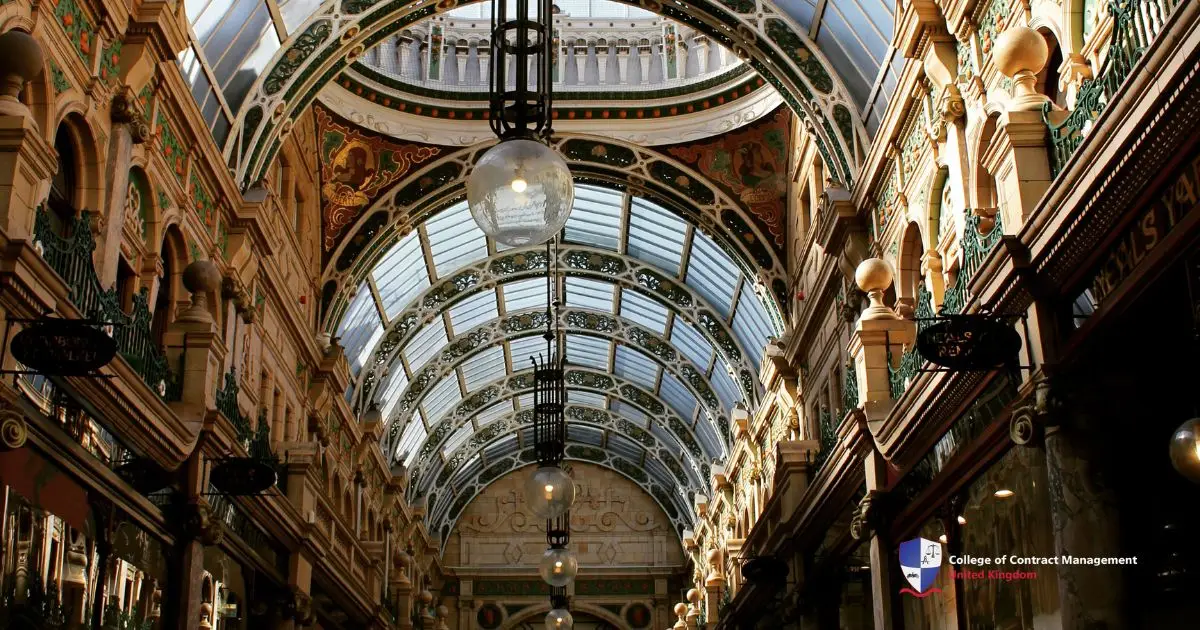Dubai is the largest city in the United Arab Emirates and is known for its modern, tall buildings. Dubai weather plays a big part in how these buildings are designed. In fact, with the intense heat, all-day sunshine, and occasional sandstorms, the city’s temperature gives unique challenges for architects.
Due to the intensity of Dubai weather, architects have developed ways to design breathtaking buildings that are well-suited to the climate. They carefully select materials and design elements to cope with the daily heat. In this article, we will explore the relationship between architecture and the hot weather in Dubai.
Dubai Weather Effects on Traditional Architecture
Because of intense heat and infrequent rain, people developed vernacular architecture capable of both enduring Dubai weather and reflecting Muslim traditions. In this manner, buildings remain cool during the hottest days and warm at night, while at the same time also being sturdy enough to withstand sandstorms and other harsh conditions.
-
Vernacular Materials and Their Uses
-
Mudbrick (Adobe):
A long time ago, people in Dubai built their homes using mudbrick. These thick mud walls helped keep the inside of the house cool during the day by soaking up the heat. At night, the walls would release some heat to keep the house warm when the desert got cooler. -
Palm Wood and Palm Fronds:
Since palm trees are everywhere in Dubai, people use their wood and leaves to build houses. Palm fronds were often used for roofing or to create shade over courtyards. -
Coral Stone:
Dubai is close to the ocean, so people also use coral stones (the rocks found in the sea) to build. These stones are good at blocking heat from the sun, but they also let air flow through. -
Vernacular Designs and Their Uses
-
Wind Towers (Barajeel):
One of the coolest features of old buildings in Dubai is the wind tower. These towers would catch the wind and direct it into the house, helping cool it down naturally. -
Courtyards and Shaded Spaces:
Traditional homes in Dubai often had courtyards in the middle of the house. These open spaces were shaded and allowed air to flow through, keeping the temperature lower and making it more comfortable to be outside even when it was hot. -
Thick Walls and Small Windows:
To block out the intense sun and heat, buildings were made with thick walls. This helped keep the inside cool by stopping the heat from entering. The windows were also small to limit how much sunlight could get in.
Influence of Dubai Weather on Modern Buildings
Continuing the tradition of vernacular architecture, architects made use of these strategies in modern buildings with the goal of maintaining a pleasant indoor temperature without heavily relying on air conditioning. The following are the materials used and how they contribute to reducing the overall heat in the modern architecture of Dubai.
1. Glass
Many of Dubai’s iconic buildings, like the Burj Khalifa, Dubai Mall, and Burj Al Arab, use special reflective glass to protect against Dubai weather. This glass reflects sunlight, preventing it from heating the building too much. The reflective glass assists in blocking most of the sun’s heat while still letting in natural light.
2. Aluminium
Aluminium is another material that helps combat the heat of Dubai. Buildings like Dubai Mall and Emirates Towers have aluminium cladding, which is shiny and reflective. The aluminium helps bounce sunlight away from the building, keeping it cooler inside. It also helps protect against the hot winds and sandstorms that sometimes come with Dubai weather. This material is light but strong, which makes it perfect for handling both the heat and any strong winds.
3. Concrete
Concrete is used in many buildings in Dubai, including those on Palm Jumeirah and Emirates Towers. The material acts as an insulator, meaning it helps keep the heat out during the hot days in Dubai and keeps the building cooler inside. It also absorbs heat slowly, so when the temperature drops at night, concrete helps keep the warmth inside.
4. Timber Panels
In places like the Dubai Opera, timber panels (wood) are used inside the buildings. Timber allows air to flow better inside, helping to cool the building during the hot Dubai weather. Its utilisation helps create a comfortable indoor environment by promoting airflow and reducing the feeling of heat.
When will Dubai Weather change?
Dubai weather changes each season. Every season offers unique ways to experience the city, from cool indoor attractions during the hot summer months to scenic outdoor spots in winter. To fully enjoy the impressive architecture Dubai has, you should consider its weather first. Here’s a quick guide to help you plan the best time to visit:
June to September (Hotter Months)
During these months, Dubai experiences its hottest weather, with temperatures often exceeding 40°C (104°F). It’s best to stay indoors to avoid the intense Dubai weather. Visitors can enjoy iconic indoor attractions like the Dubai Mall and Burj Al Arab, where they can stay cool and explore the beauty of these structures without the heat. These air-conditioned spaces provide relief from the scorching sun.
October to November (Transition to Cooler Weather)
As temperatures begin to drop, the weather becomes more comfortable, ranging from 30°C to 35°C (86°F to 95°F). This is the perfect time to visit outdoor spaces like the Dubai Marina and Jumeirah Beach, where visitors can enjoy the cooler air while still admiring the stunning architecture. These outdoor attractions offer unique views and are more pleasant to explore compared to the summer months.
December to February (Coolest Months)
These are the most comfortable months in Dubai, with temperatures ranging from 20°C to 25°C (68°F to 77°F). The weather is ideal for spending time outside, making it perfect for visiting Dubai Marina and Jumeirah Beach. With cooler temperatures, visitors can enjoy long walks along the water and take in the views of Dubai’s spectacular skyline and architectural wonders.
March to May (Warm Months)
When the temperature gradually increases to 30°C to 35°C (86°F to 95°F), outdoor spaces remain comfortable, though the heat begins to return. It’s still a good time to explore areas like the Dubai Marina and Jumeirah Beach, but it’s a good idea to plan visits during the cooler parts of the day, such as early morning or late afternoon. For a more comfortable experience, tourists may also prefer indoor attractions like the Dubai Mall.
Conclusion
In conclusion, Dubai’s architects have skilfully met the challenges of its extreme climate, designing buildings that are both beautiful and practical. Through cooling systems, energy-efficient materials, and traditional techniques, they’ve created structures that thrive in the desert. This harmony between architecture and environment makes Dubai a unique year-round destination, blending modernity and resilience.
If you're interested in architecture, the College of Contract Management offers online courses to help you turn that passion into a career. You'll learn essential skills that can be your strong foundation for your future in architecture. Their courses are a great step towards making your architectural dreams a reality.




